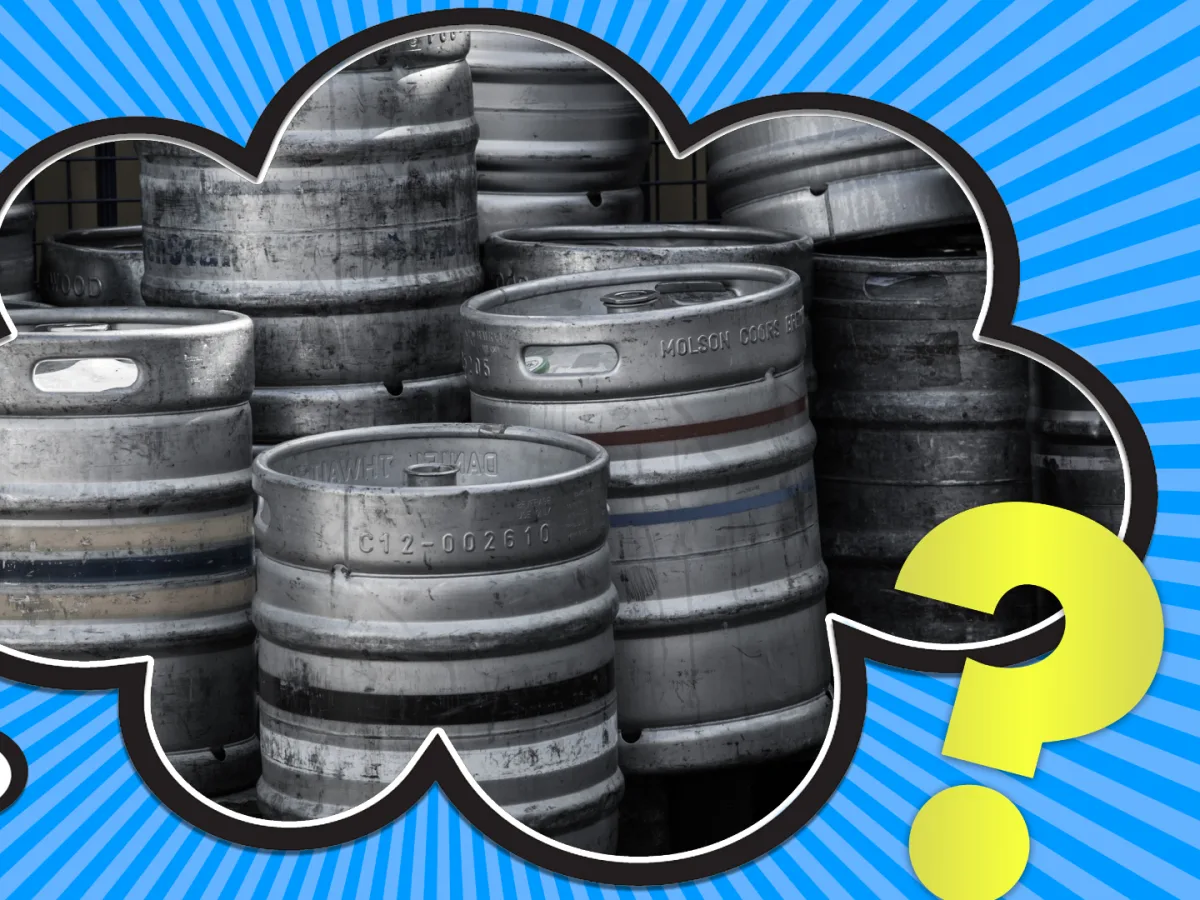Understanding Beer Keg Sizes and Types
When planning an event or managing a bar, understanding the various beer keg sizes and types is essential to make informed decisions. Kegs come in several sizes, and the capacity affects how many servings can be obtained from each. The most common keg sizes include the half barrel, quarter barrel (also known as a pony keg), and the sixth barrel. Each of these has different volumes and can serve a varying number of beers.
A half barrel keg is the standard size commonly used in bars and restaurants and also at large parties or events. It holds about 15.5 gallons of beer, which translates to roughly 124 pints or 165 12-oz beers. The quarter barrel, or pony keg, holds approximately 7.75 gallons, amounting to about 62 pints or 82 12-oz beers. A sixth barrel, on the other hand, is smaller and contains about 5.16 gallons, which provides around 41 pints or 55 12-oz beers.
Recognizing these sizes and their capacities helps in planning purchases and can significantly impact the budget and logistics of beer supply, especially during events where consumption rates are high.
Calculation of Beer Amounts in Different Keg Types
To determine how many beers you can get from a keg, a simple calculation is required. The number largely depends on the serving size. The standard beer serving size in the U.S. is generally 12 ounces, which is roughly equivalent to one bottle of beer. By dividing the total ounces in the keg by 12, you can estimate the number of beers per keg.
Here’s a quick breakdown using a simple formula: Number of Beers = Total Volume of the Keg (in ounces) / 12. For a half barrel keg, which contains 1984 ounces (15.5 gallons x 128 ounces per gallon), you would get approximately 165 beers. Similarly, for a quarter barrel keg with 992 ounces, it would yield about 82 beers, and a sixth barrel keg with 661 ounces gives about 55 beers.
This calculation can vary slightly based on the exact pour size, foam, and spillage during serving. It’s also essential to account for these factors when planning to ensure you have enough beer for all attendees.
Organizing an Event: How to Choose the Right Keg
Selecting the appropriate keg size for an event requires considering several factors, such as the number of guests, the duration of the event, and the variety of beer desired. For large gatherings, a half barrel keg might be the most cost-effective and efficient option. For smaller parties or for offering a variety of beers, smaller kegs such as the sixth barrels might be more suitable.
It’s also crucial to consider the beer preference of your guests. Craft beers are often available in sixth barrels due to their limited production compared to mainstream brands. These smaller kegs allow event organizers to provide a broader range of beer options without committing to a large volume of a single type of beer.
Lastly, ensure you have the correct setup for the type of keg you purchase, including taps and proper refrigeration. This guarantees that the beer maintains its quality throughout the event.
Impact of Keg Type on Beer Freshness and Quality
The freshness and quality of beer can be influenced by the type of keg in which it is stored. Stainless steel kegs are most common and are highly effective at preserving the quality and freshness of beer due to their airtight nature and resistance to external elements.
Kegs protect the beer from light and oxygen, both of which can degrade beer quality over time. Proper handling and storage are crucial; for example, beer should be kept at consistent, cool temperatures and away from direct sunlight.
Moreover, the method of tapping the keg also affects the beer’s quality. Traditional tapping systems that use carbon dioxide to push the beer out help maintain the beer’s carbonation and prevent flatness, ensuring a crisp taste from the first glass to the last.
Practical Tips for Keg Storage and Maintenance
Proper keg storage and maintenance are essential for ensuring the beer remains fresh and delicious until the last drop. Always store kegs in a cool, dry place away from direct sunlight. The ideal storage temperature for beer kegs is between 38 to 40 degrees Fahrenheit.
Regularly clean your tapping equipment and kegs between uses to prevent bacteria buildup and flavor contamination. This includes washing with a specialized beer line cleaner and rinsing thoroughly.
Also, make sure to check the keg’s pressure regularly if it uses a CO2 tank. Incorrect pressure can either deprive the beer of its carbonation or cause it to become overly fizzy.

